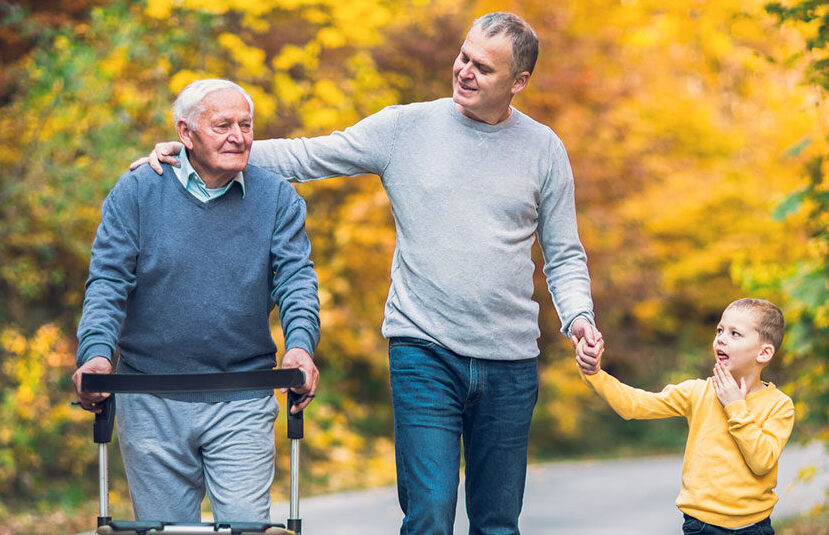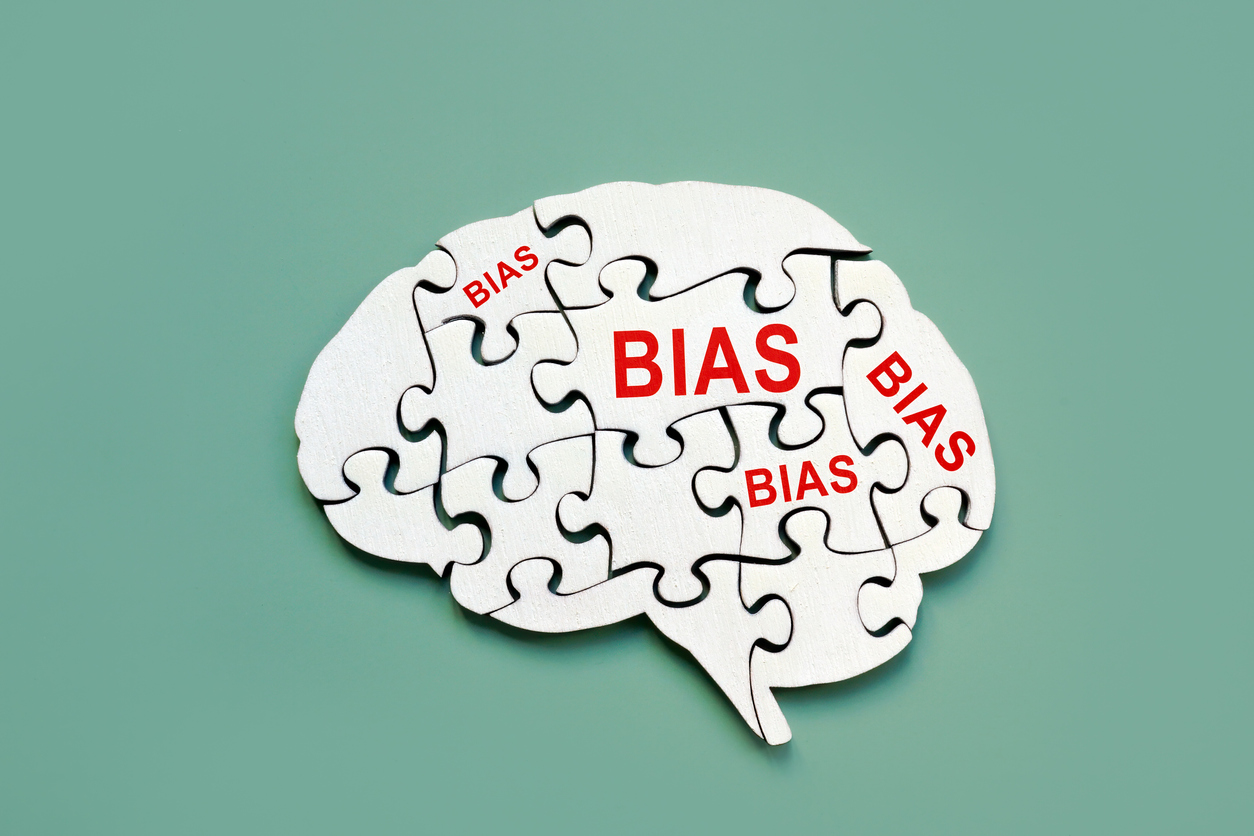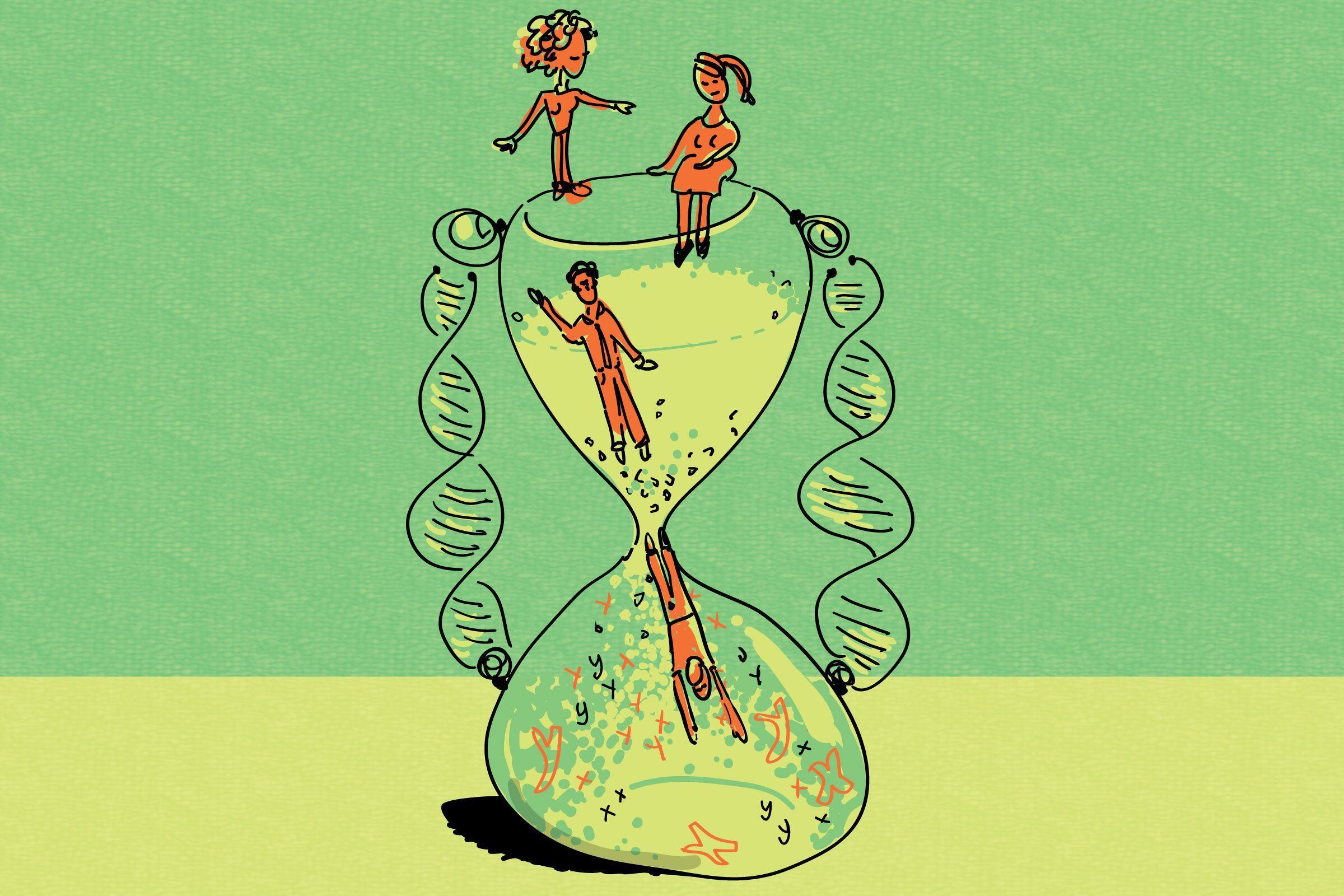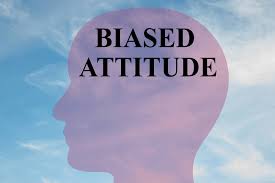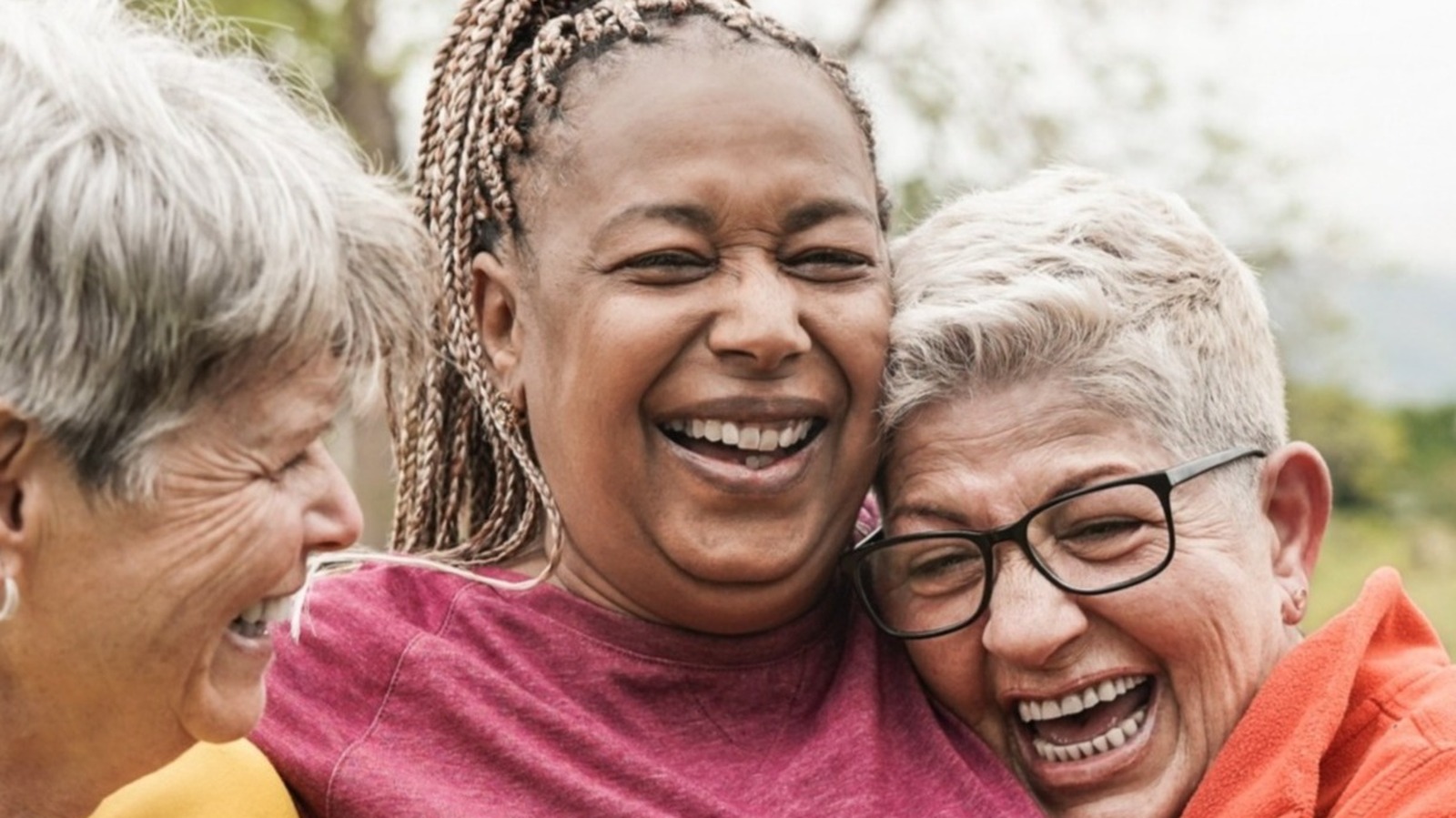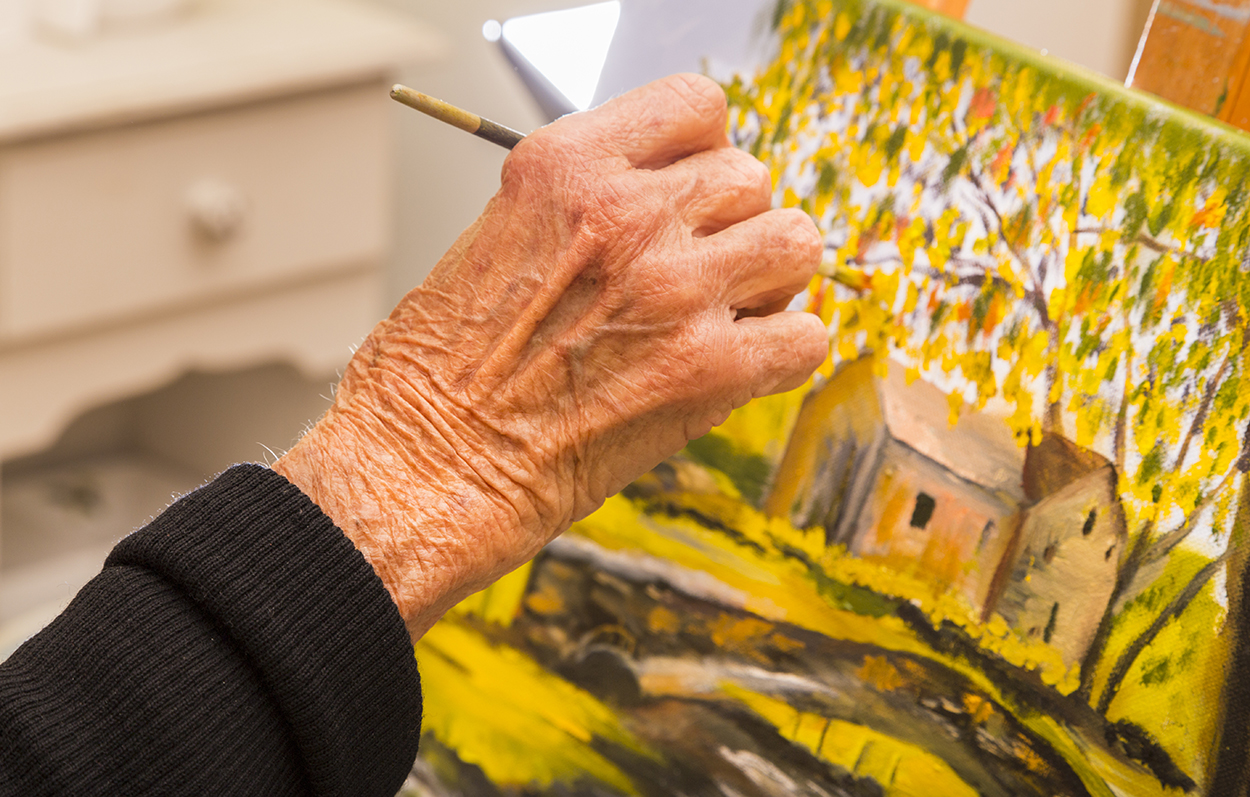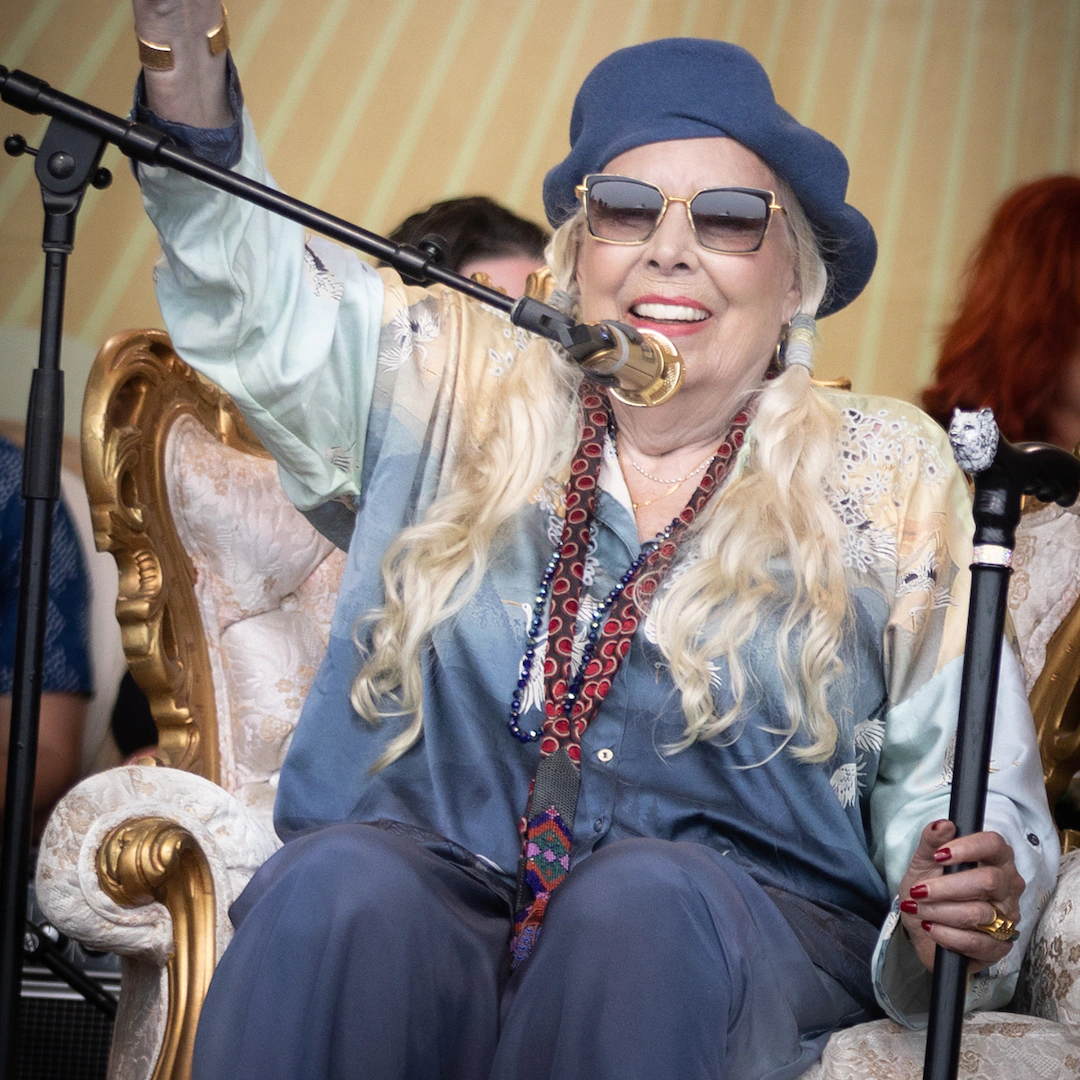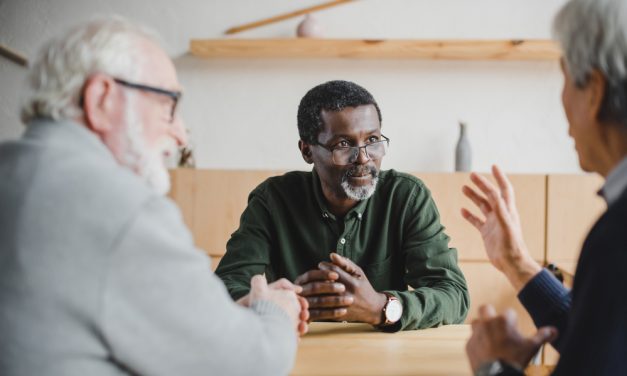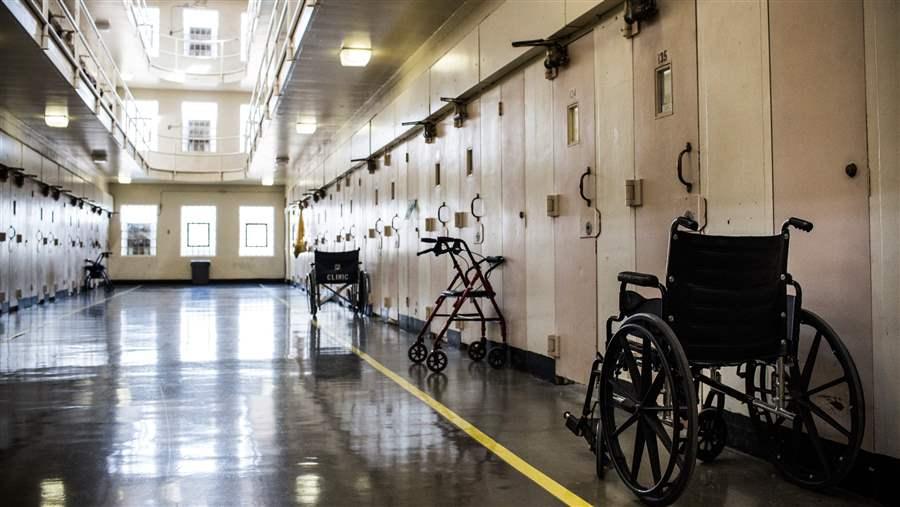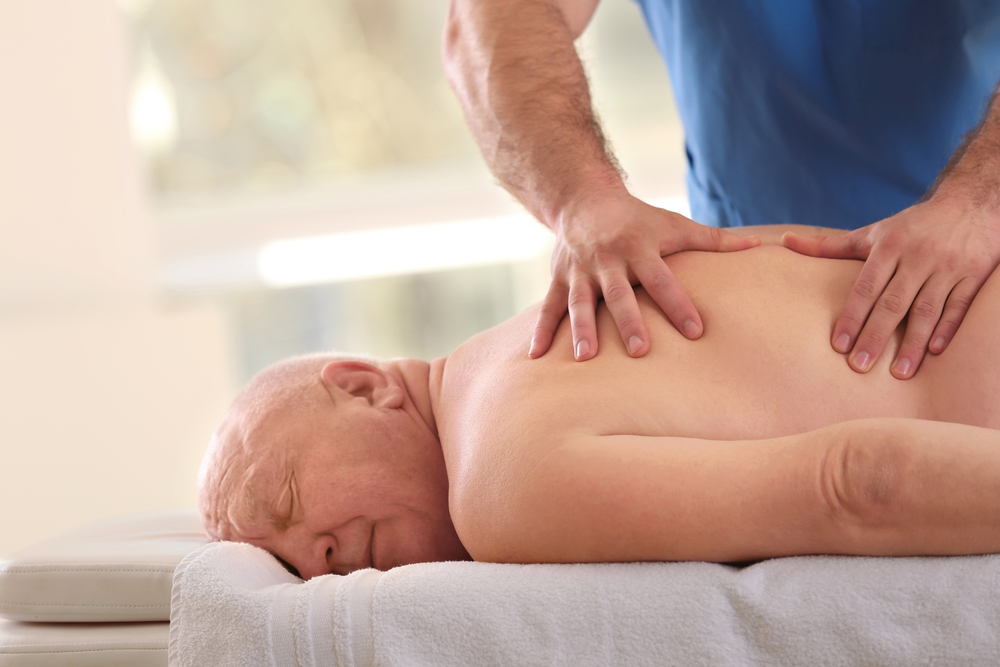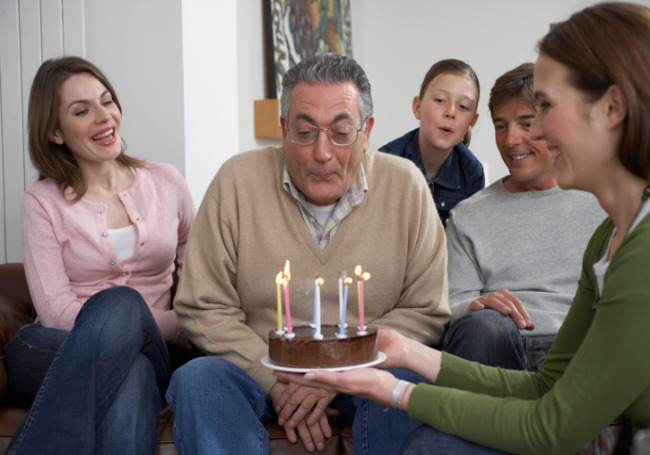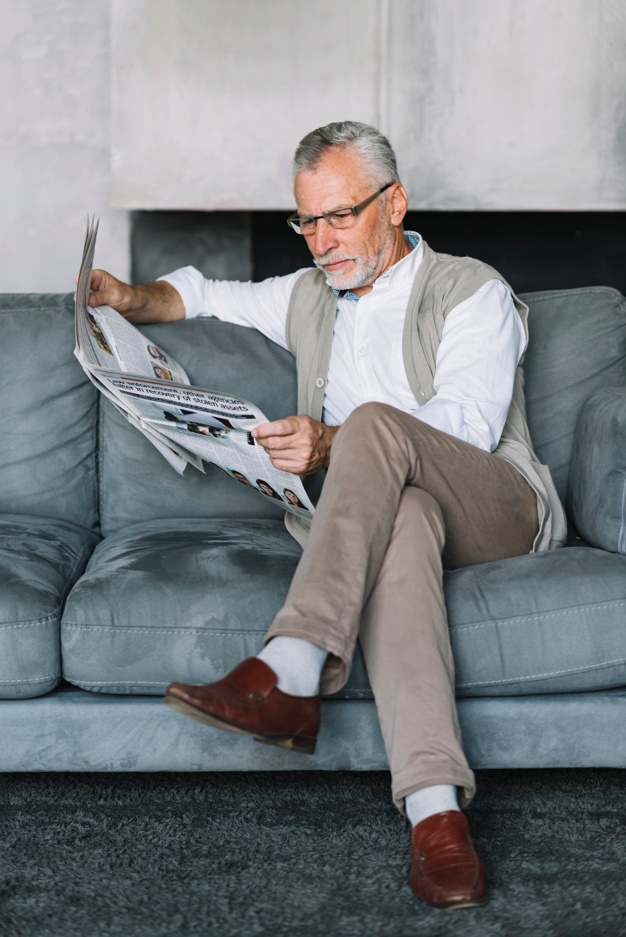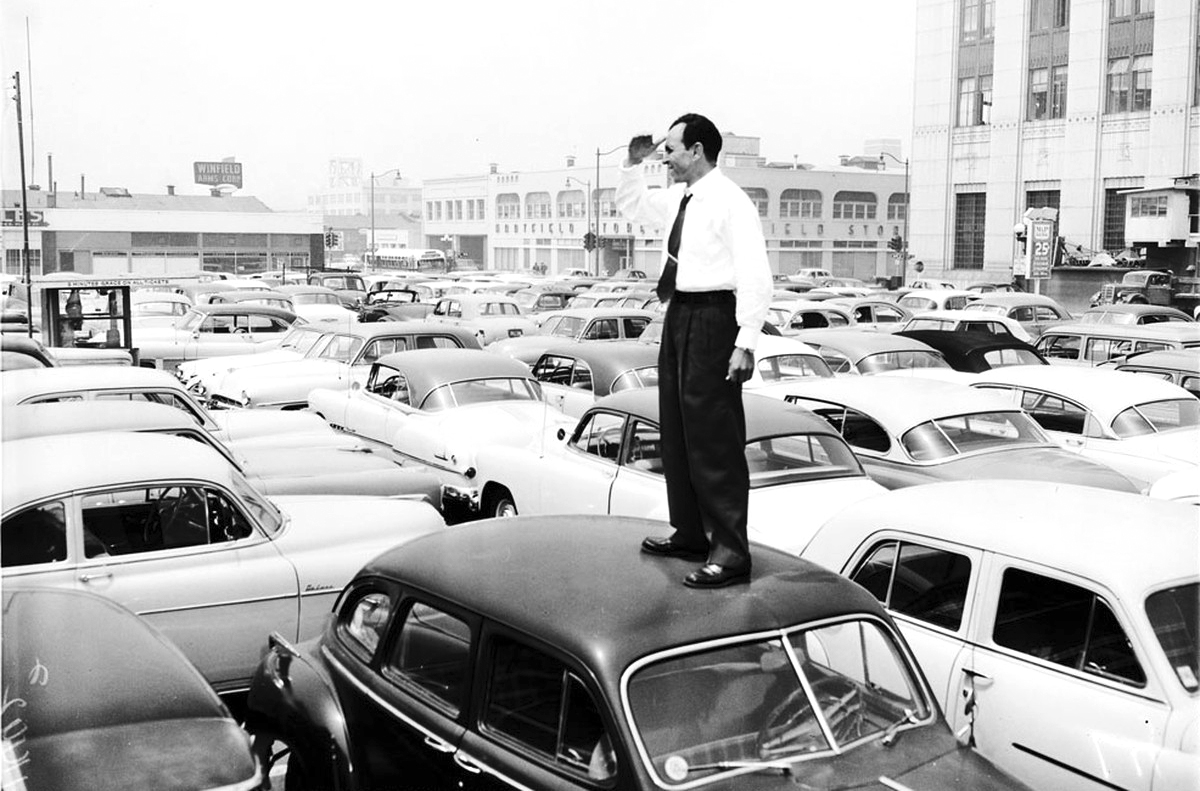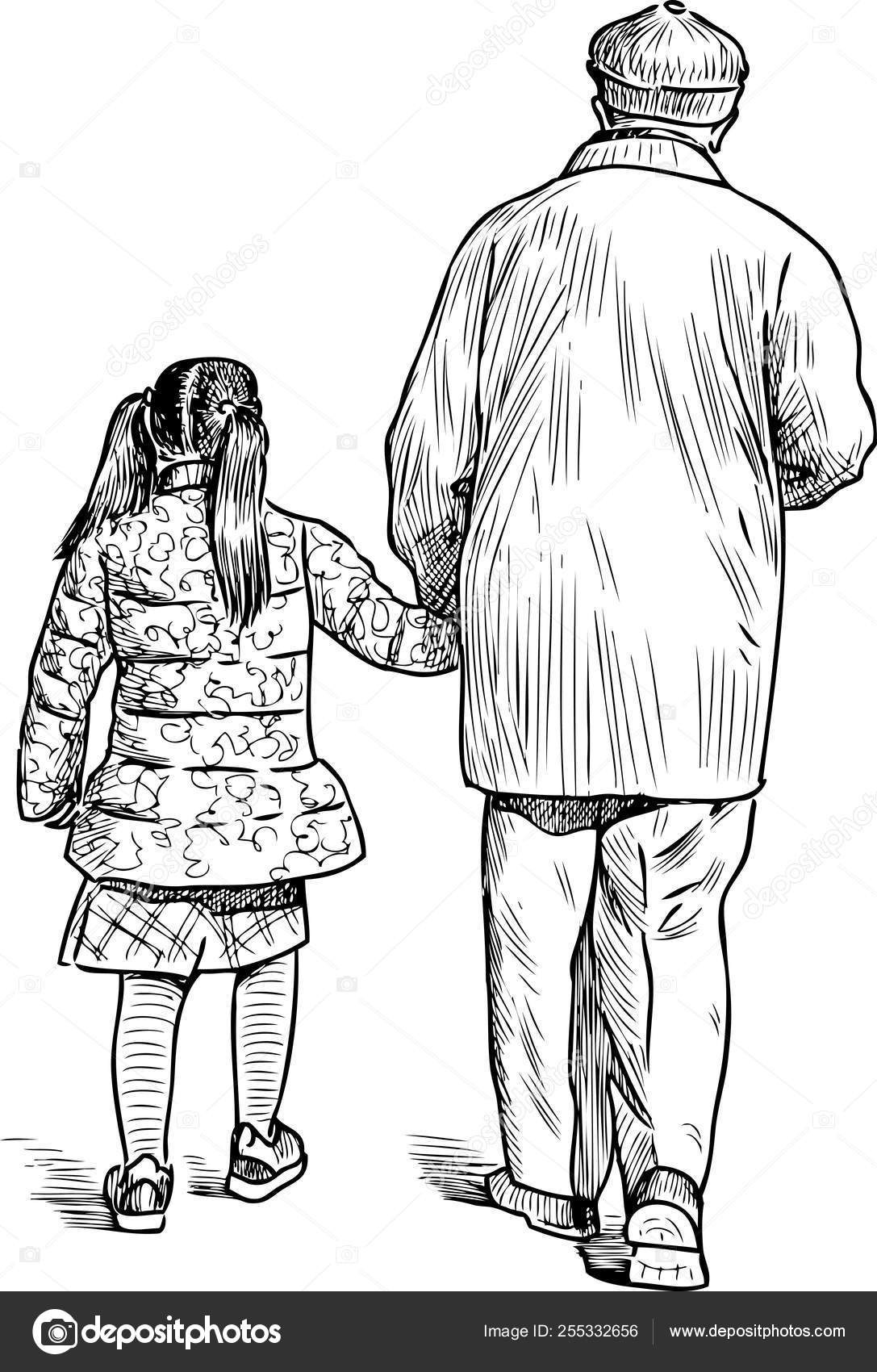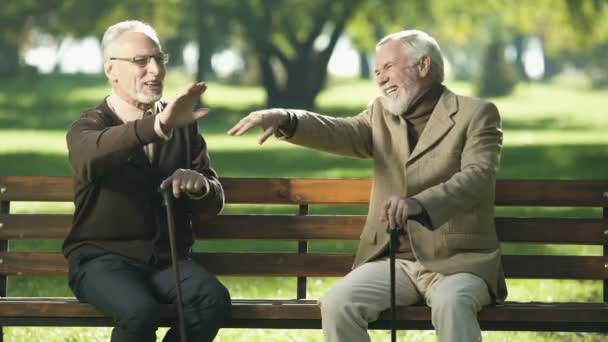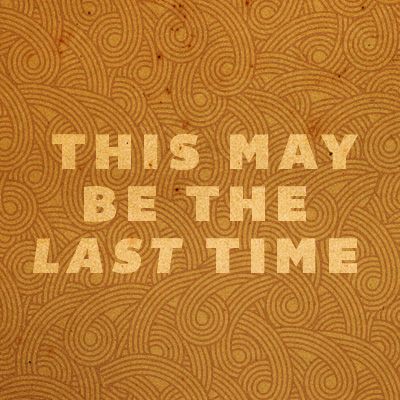
I do most of the shopping at our house. Sometimes, I shop at Costco. Not every week, but when we’re low on paper towels or cans of black beans or maybe granola, I schedule a stop.
Last time, I bought dryer sheets at Costco. I recall that, as I reached for the bundle of four large boxes, a question flashed through my mind: Will I ever buy dryer sheets again?
This was not a mathematical query, comparing how many times the Earth goes around the sun to how many loads of laundry I have left to do. The real question I was asking myself was, “How much longer will I be alive?” Just asking the question aloud helped me to appreciate going to the market to buy food, helped me to appreciate what I usually just take for granted.
Likewise, aging with intention can help us appreciate what we might usually take for granted. Just getting older doesn’t guarantee this type of wisdom, but it does offer the possibility. It’s like the difference between floating downstream versus consciously steering your boat—both will take you somewhere, but intentional aging gives you more agency in the journey.
Conscious aging isn’t about denying the process or surrendering to it, but rather about engaging with it. This could help transform aging from something that happens to us into something we actively participate in shaping.
Have you ever wondered if this is the last bunch of dryer sheets—or the last bunch of anything—that you might buy before you die? Is that too morbid a thought? Why does it feel morbid to think about something inevitable, like our own death?
During the COVID lockdown, I needed some shaving cream, but my usual brands were out of stock online. I ordered what they had available (colloidal oatmeal shave cream), and it turned out to be quite good.
Last week, I used the last dryer sheet from that big bundle. This morning, as I squeezed the tube of shaving cream completely dry, I grinned a goodbye to that new friend.
I don’t know when it will be my last time for buying dryer sheets or shaving cream, or even waking up in the morning. We all have a last time for something. Let’s embrace both the difficulties and the opportunities that aging with intention can offer us.
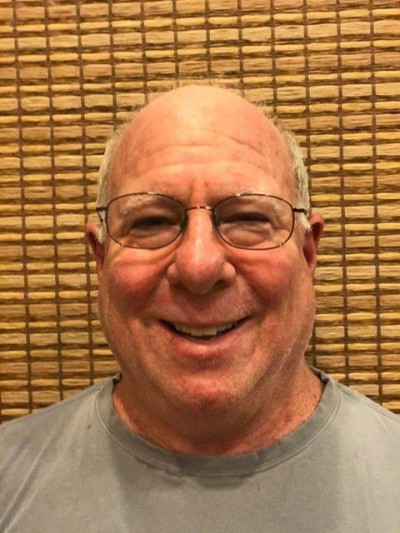
Marc Blesoff was a criminal defense attorney for 35 years, then he began facilitating Conscious Aging workshops, which has helped him melt the armor he’d built up as a defense lawyer. He’s a founding member of Courageus (formerly A Tribe Called Aging), a group of activists and thinkers trying to re-frame our culture’s outlook, policies and fears about aging and dying. Currently, he is the chairperson of the Oak Park, IL Aging-In-Place Commission.


